From October 25, 2022 to January 29, 2023, the Galleria Borghese in Rome is hosting the exhibition Timeless Wonder. Painting on Stone in Rome in the Seventeenth Century, curated by Francesca Cappelletti and Patrizia Cavazzini: an exhibition dedicated to painting on stone, its uses and meanings. The story begins in 1527, the year of the Sack of Rome: during this tragic event, Sebastiano del Piombo, desperate for the loss of many paintings, began to paint on media other than canvas, more resistant to danger and time, and therefore capable of prolonging the life of the work: it is to the Venetian painter that the invention of painting on stone is traced.
The exhibition, designed to draw the public’s attention to this production of singular objects, is part of a path of research that began in 2021 with the exploration of the theme of Nature and Landscape within the Gallery’s collection. It is the collection itself, collected by Scipione Borghese in the first three decades of the seventeenth century, that presents examples of stone painting of considerable interest, while the context, the diversity of materials used in the works and their harmony with no longer existing historical collections of plants, animals and other natural curiosities, helps to define the sense of wonder and awe that has accompanied it for centuries.
Featuring more than 60 works from Italian and foreign museums and important private collections, Timeless Wonder. Painting on Stone in Rome in the Seventeenth Century recounts, in addition to the ambition to eternity of works of art, the critical debate of an’age sensitive to the competition between painting and sculpture, and also of primordial materials, extracted from the mines, of their adventurous journey to the artists’ workshops and to their place in collections, which became new venues for these debates, in palaces and villas increasingly rich in furnishings, magnets for the production of luxury goods.
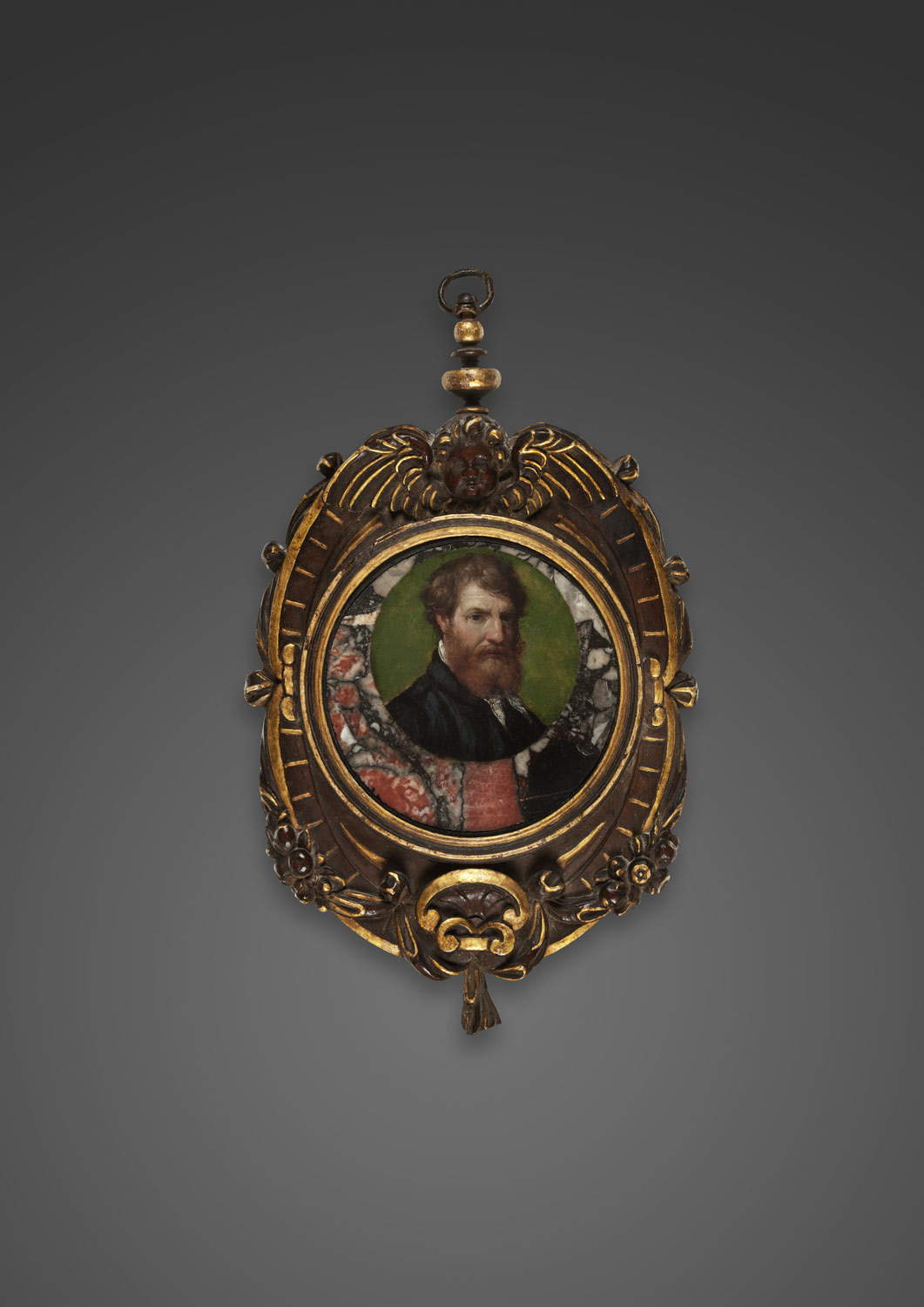
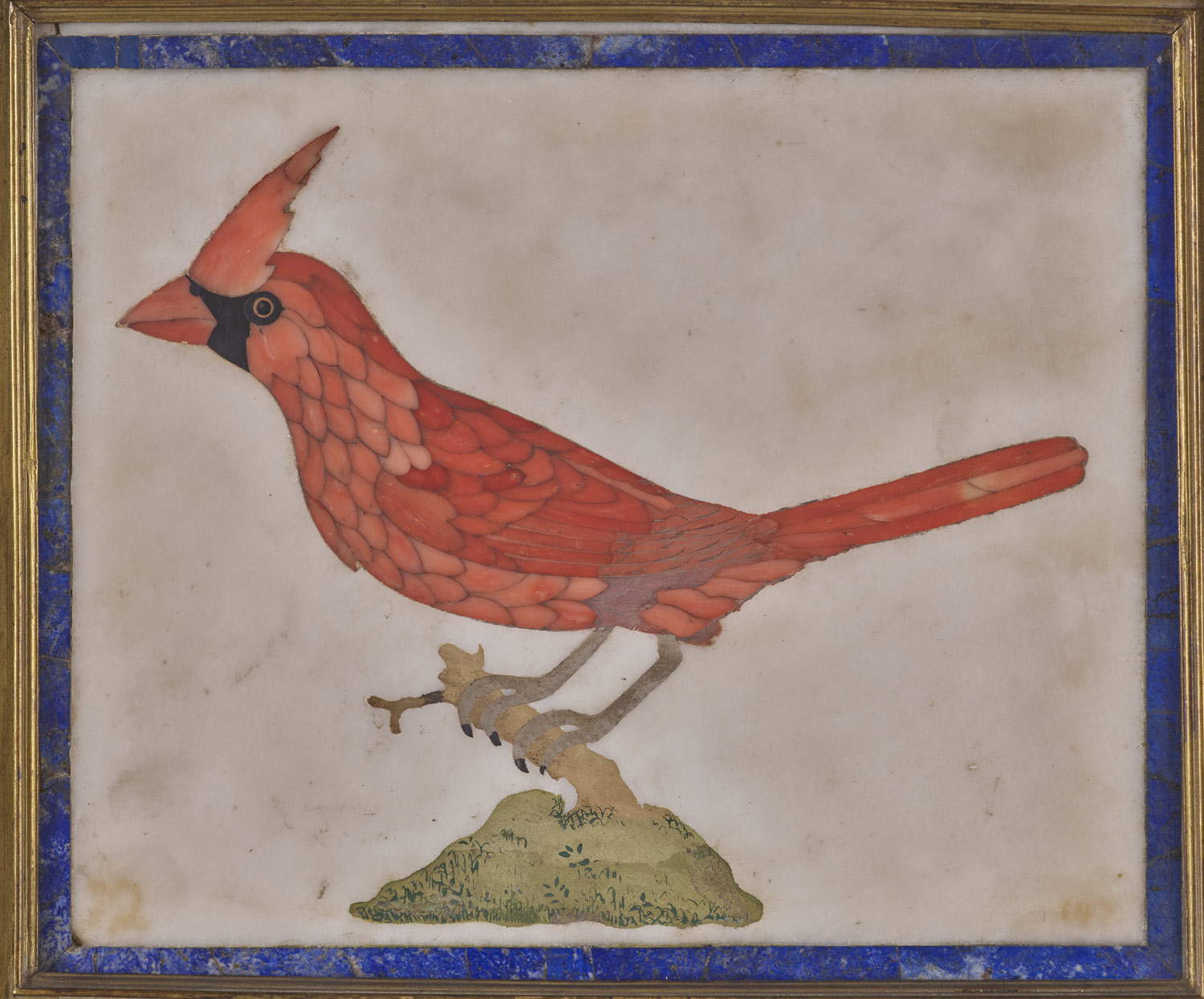
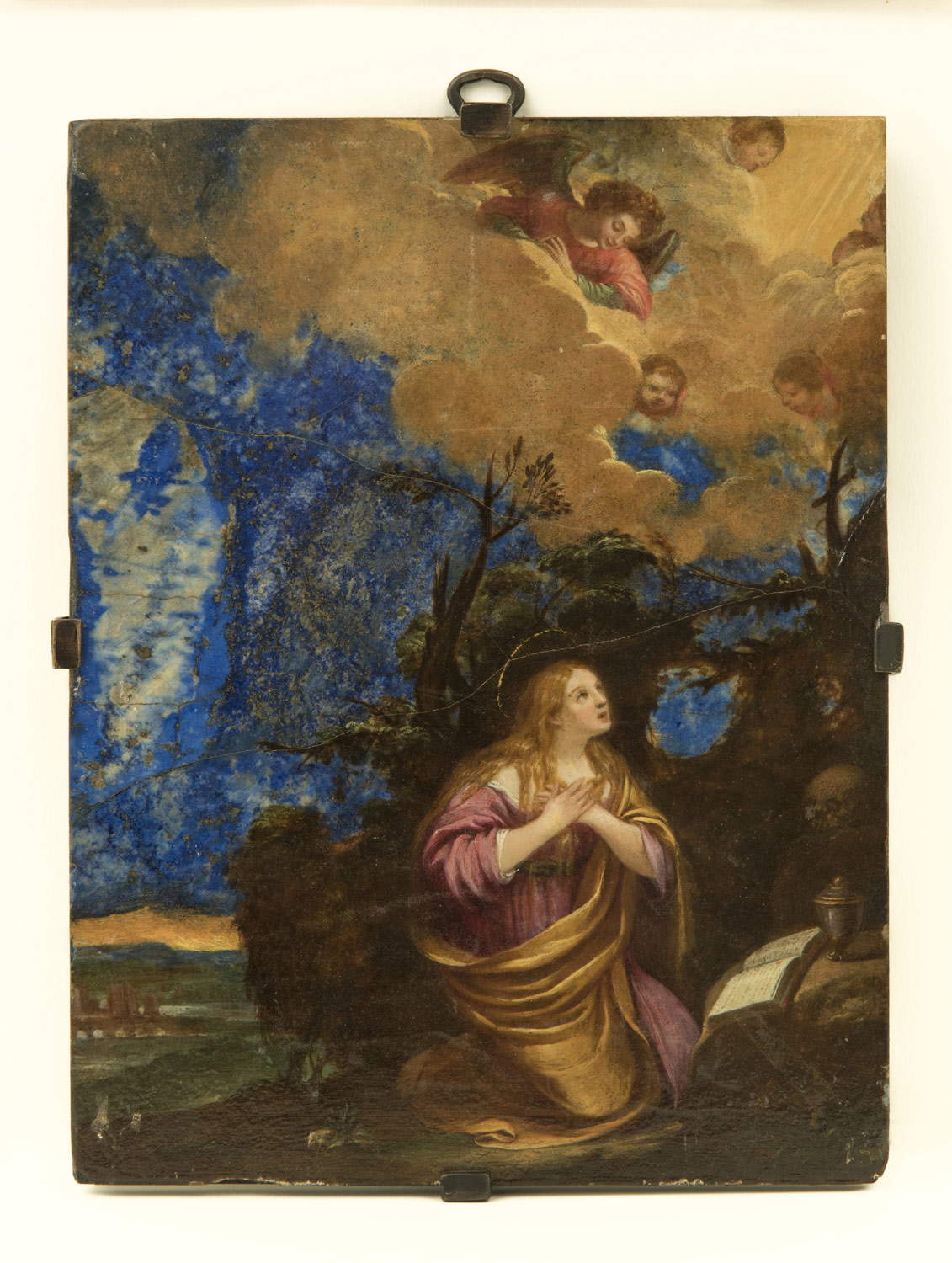
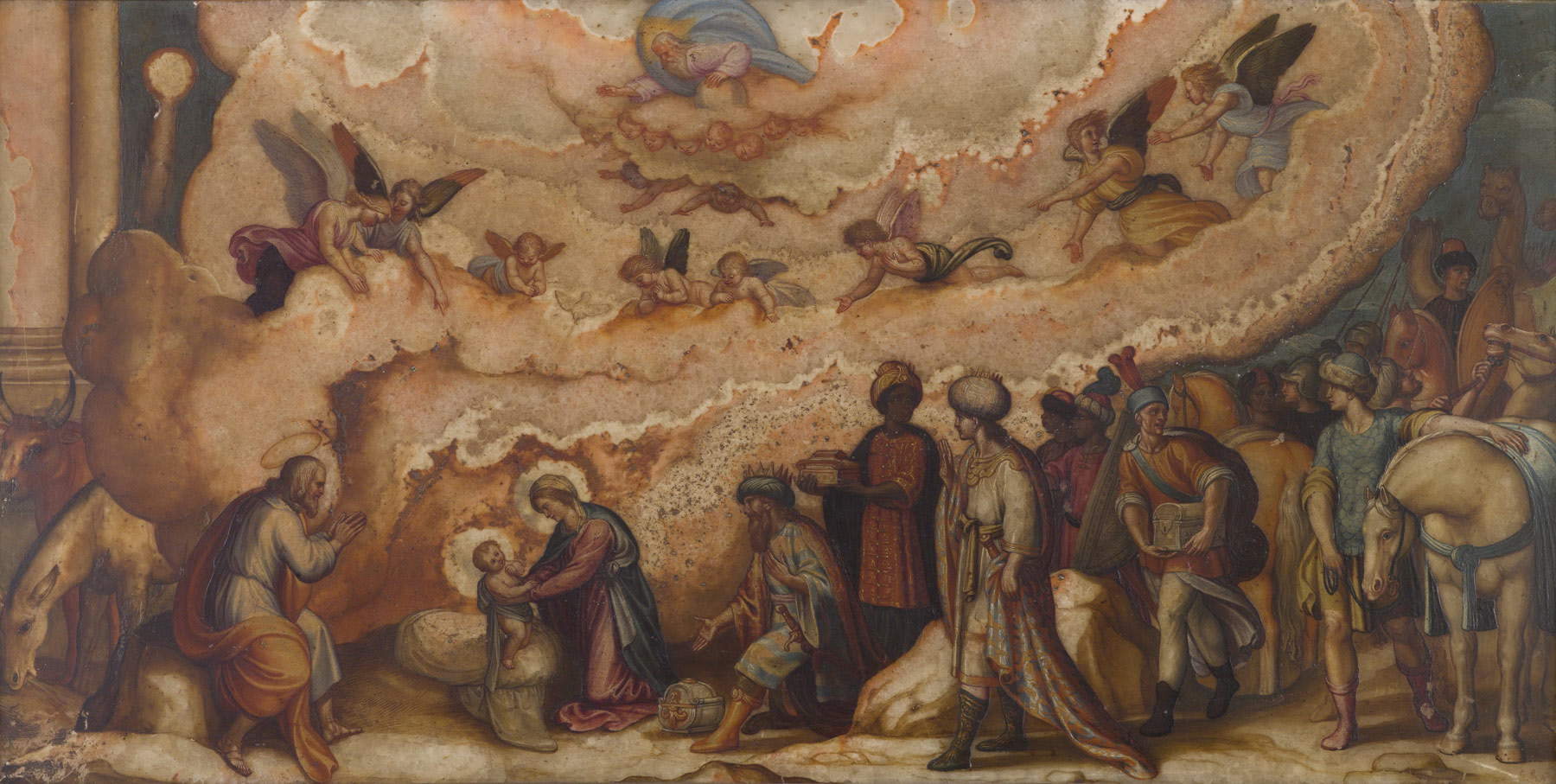
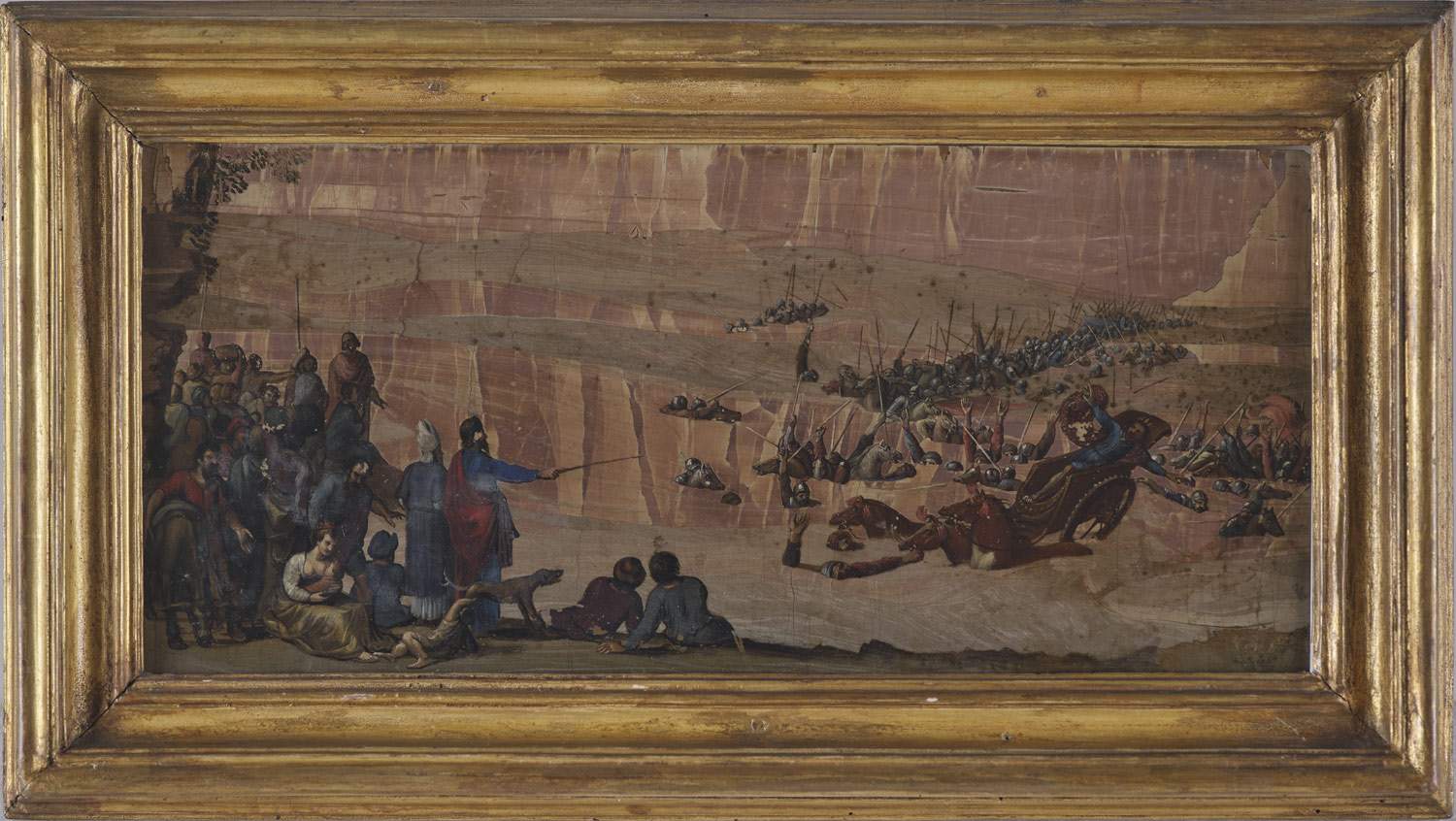 Antonio Tempesta
Antonio Tempesta

 Jacques
Jacques
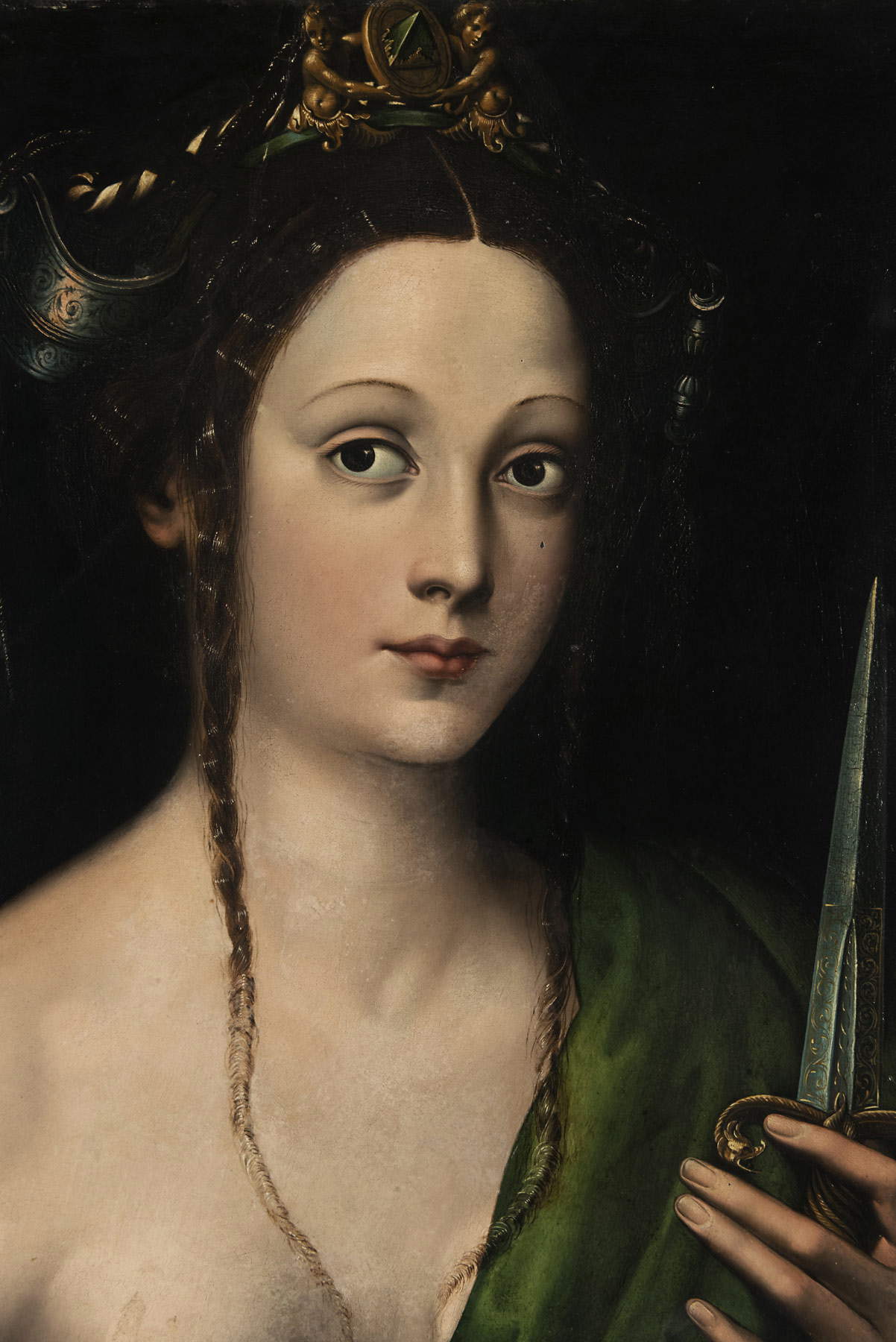
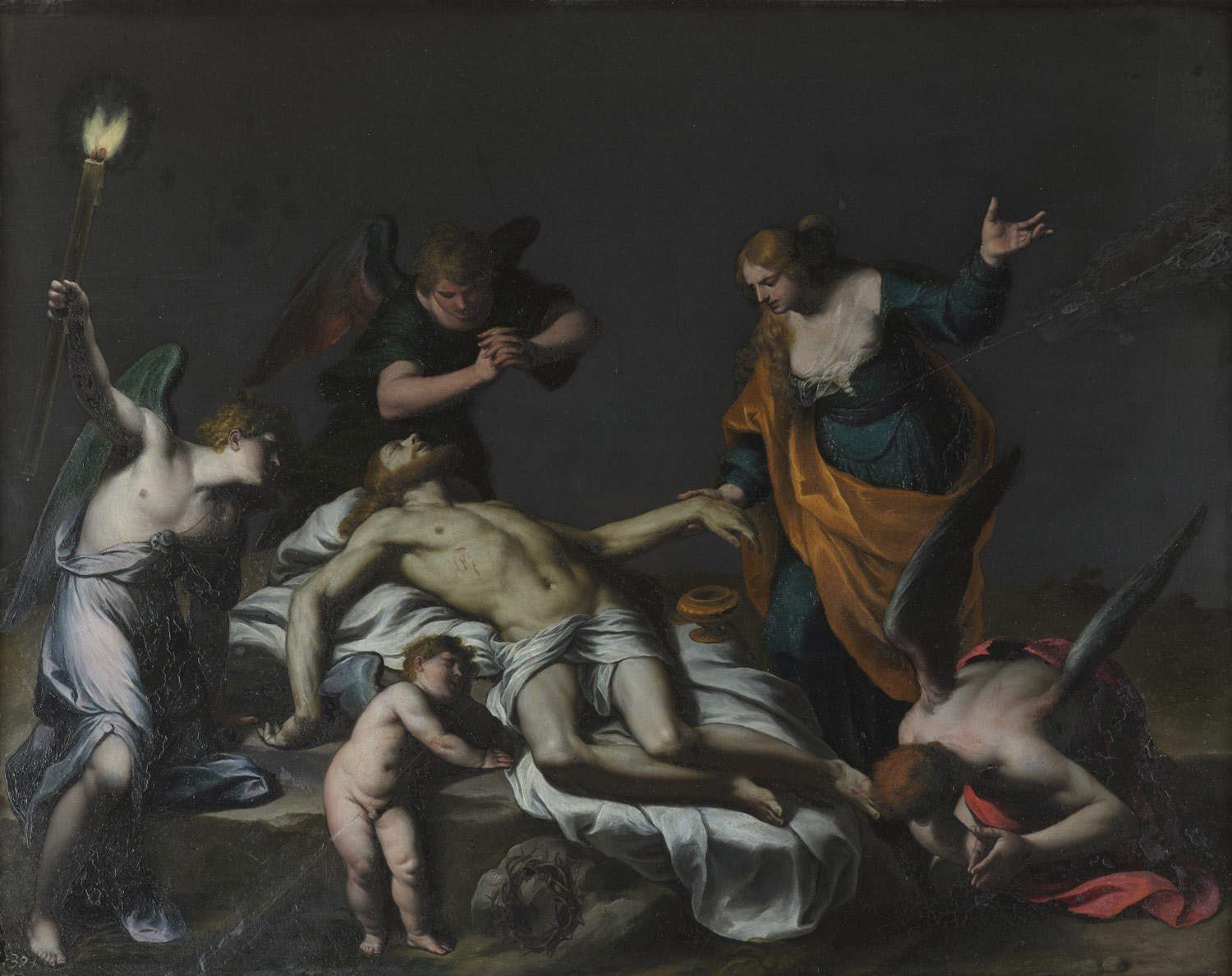
The itinerary, divided into eight sections, begins with The Painted Stone and Its Inventor, a necessary sixteenth-century premise that demonstrates how the use of metals and marbles as a support for painting made it not only capable of conquering time, like sculpture, but also of making the memory of a character lasting: works such as Francesco Salviati’s Portrait of Filippo Strozzi (c. 1550), on African marble; that of Cosimo de Medici (c. 1560) attributed to Bronzino, on red porphyry; or even Sebastiano del Piombo’s Portrait of Pope Clement VII with a Beard (c. 1531) reveal this to us.
Beginning in the early decades of the seventeenth century, depending on the geographical contexts, the choice of materials oscillates between the need to ensure the preservation of the works and the interest in the ability of these materials to evoke the subject itself, to confront the Ancient and other arts, participating in the construction of the meaning of the image. In the section A Devotion as Eternal as Marble, alongside talisman-like works, which were sometimes attributed a magical powerof protection from physical and spiritual ills, and dedicated to the incorruptible images of devotion-often part of the furnishings of cardinals’ bedrooms, such as theAdoration of the Magi (1600 - 1620) on alabaster by Antonio Tempesta or Antonio Carracci ’s Madonna with Child and St. Francis (c. 1605) painted on copper-are paintings on alabaster, slate, and marble by Carlo Saraceni, Orazio Gentileschi, Il Cavalier d’Arpino, and many others.
Next to these, a small section devoted to Venus and her heroines collects three female images by Tuscan painter Leonardo Grazia dedicated to Hebe, Lucretia and Cleopatra, made in the first half of the 16th century, two of them on slate; while the section Ancient and Allegory contains works on marble, slate and touchstone, all dedicated to themes of poetry such as Cavalier d’Arpino ’sAndromeda and Vincenzo Mannozzi’s Inferno with mythological episodes. Glossy and glittering, the backgrounds of the paintings reflect like mirrors the image of the viewer who, as he or she observes it, becomes part of the work.
A Night as Black as Stone includes the paintings on dark stones (touchstone, slate or Belgian marble) that exploit the blackness of the support to set nocturnal scenes and to bring out the golden finish; while in the sections Painting with Stone/Landscapes and Architecture and Precious and Colored Stones, the surprising backdrops offered by the country stone and the preciousness of supports such as lapis lazuli, used for the sea and sky, are enhanced by the artist’s intervention: Again, the color and mottling of the stones contribute to the composition of the work and to suggest meanings. These are often works by artists with a Florentine background, who experiment with the stone support not only in terms of the eternity of painting, but to highlight the decorative possibilities of the material. It is in this context that Antonio Tempesta, a singular bridging figure between Florence and the Nordic world, stands out. A painter and engraver of great fortune during the pontificate of Paul V, Tempesta is a master at transforming village stone into buildings, landscapes, and seascapes with a few skilful touches of the brush.
The discussion of the durability of works of art had become part of the debate on the comparison between sculpture and painting, but during the seventeenth century the interplay between sister arts thickened: sculptors used colored marble and painters painted on stone, while metals and precious woods concurred in the creation of extraordinary objects, such as small altars, cabinets and clocks, with complex architectural forms and adorned with small sculptures, reliefs and painting.
A section of the exhibition is devoted to these objects, in which different types of marbles and semiprecious stones are employed to generate tension with the very purpose of the object, as in the case of theclock that confronts the elusive passage of Time, and more often for their value and astonishing workmanship, introducing the presence of colored stones in Roman aristocratic collections. This spectacular prologue also includes objects that were already part of the Borghese collection, such as the Table in semi-precious stones of Roman ambit in Room XIV or the Tabernacle of the Chapel with an astonishing hardstone frame.
Enriching the itinerary are the statues with polychrome inserts in the Gallery, which generate a necessary comparison with ancient colored marbles, a subject that was certainly not foreign to the conception of the arts and the arrangement of the collection of the cardinal and his court, and which the exhibition Timeless Wonder aims to make understood in its unity, a visual unity rich in variations and nuances. For all information you can visit the Galleria Borghese website.
 |
| The Borghese Gallery in Rome showcases the wonders of on stone painting in the 1600s |
Warning: the translation into English of the original Italian article was created using automatic tools. We undertake to review all articles, but we do not guarantee the total absence of inaccuracies in the translation due to the program. You can find the original by clicking on the ITA button. If you find any mistake,please contact us.